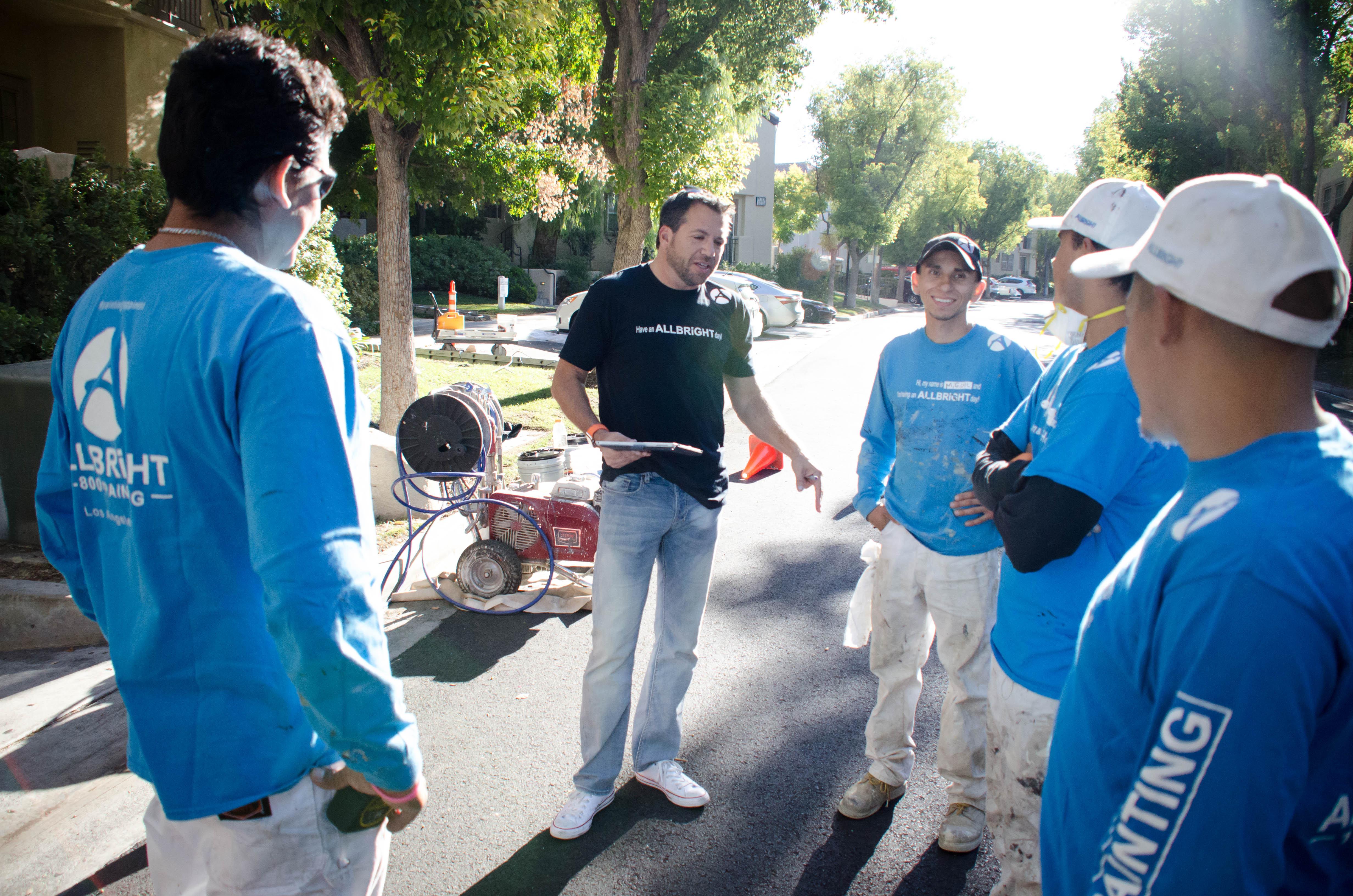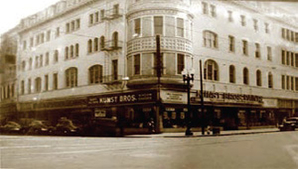Assessing Your Estimating Program
Are you getting the most out of your estimating tech?
1 December, 2020
Are you getting the most out of your estimating tech?
1 December, 2020

You bring in twice as much revenue as the painter next door, so why is he doing so much better than you? Maybe because he’s making twice as much profit. Maybe it’s because he’s budgeting caulk in his estimates and you’re not. By learning how to get the most out of your estimating program, you might be able to get a better handle on how much each job truly costs, and whether your pricing is in line with your expenses.
Remember that any technology is there to work for you. Jon Bryant, CEO and co-founder of Paint Scout, a supplier of painter estimation software, tells us that estimating with a production rate system allows you to break your project down into time and needed materials. “The program should allow you to input the dimensions of the space you are working on to get your square and linear footages and also allow you to add units of items you are working on, materials if needed and prep time,” he said.
Bryant says that “time” is your most effective production rate, so it’s a great opportunity to put that clock-watching painter to work. “Each company needs to determine how long different types of projects take by timing each task,” said Bryant. “That way, you can know how long a project will take and then use your hourly rate to figure out what you need to charge.” When you do this, make sure any overhead is budgeted into your cost as well. Don’t leave out insurance, for example, or profit, which is why you’re there in the first place. Also, he reminds us, if you’ve been paying your painters more these days, make sure that labor increase goes into your hourly rate.
By answering the following questions, says Bryant, you can see what you require in an estimating program and if your current program is meeting those needs:
“All of these questions play a role and should be considered before making a decision that will have a big impact on your company’s future,” said Bryant.

Josh Abramson, owner of AllBright Painting in Santa Clarita, California, and the inventor of the OneStep Estimating program, says a major component of having success with an estimating program is repeatability. If you and your estimator are the only ones who know what’s going on, what happens when you take some time off? If your company’s going to grow, he says, have a system in place that others can learn to use. “A lot of times, people get handcuffed or stuck in a position where they’re the only ones who can estimate because it’s all in their head,” he said. “I think it’s very important to use estimating software that is repeatable and teachable to another person in case something happens to you or the main estimator.”
From there, he advises, make sure that your estimating tech bucks up against what’s really happening by having the crew or crew leader write down the real world results rather than what was put into the program. “That way, you can see how much cost the estimator put in for masking, caulking or painting and compare that with your crew. It gives you what we call a ‘field work order’ that goes out to the crew, so the crew can mark it and say, ‘Hey, I know you gave us eight hours for caulking, but it took 12.’”
From there, you can determine the disconnect; find out whether your estimator is off or your crew can shore up their efficiency. “You don’t want to continually go over on a job and not make the profit and the money that you were expecting to without reviewing those things,” said Abramson.
Maybe you think you are, but if you’re not, you’ve got a problem. If you compare your current method of estimation with a good program, you might find out more specifically whether your thoughts and your reality are operating in unison.
If you’re new at estimating technology, before you tune into a new program, says Tom Droste, CEO of Estimate Rocket, you should get a good handle on what you’re doing now. Then you can compare what you think your cost is with what your estimating program says your cost really is. “This generally requires measuring and counting things in order to come up with a more accurate estimate of what it’s going to take to do the job. Then you apply your price against what it’s going to take to do the job,” he said.
“The other end of the spectrum is people who come and say, I’ve got this great methodology. I know my pricing is perfect and I’m all good. And so for those contractors, we say, use our default template and fill in your hourly price, fill in the prices you charge customers for your materials, then pull up our program, fill in the counter measures and see how that compares to how you do it on your own.”
A lot of your success comes from making sure you include all the costs of doing a job: labor, materials, overhead, how much gas it takes, maybe even your 2 p.m. Snickers habit. “If you’re not really considering costs in this whole equation, then you may be getting lots of sales, but you may not be making any profits,” said Tom.
Often when people are estimating too low, it’s because they need to bump up the labor rate. “So no matter what method you’re using or what system you use, you’ve got to review your labor price. You know what you’re charging out for your labor, but you have to review what changes may or may not have occurred in the cost you’re paying for labor, and it’s the same with materials,” said Droste. “Ask yourself if your prices for materials and labor are keeping up with changes or cost increases.”
Enter the data. Brad Ellison of Somerset Painting and Home Improvements in Troy, Michigan, reminds us that your estimating program only knows what you tell it. It’s a two-way street; give it some love and it will respond with some insight. “Your program may have really powerful reporting tools, but it is only going to report on the data that you provide.” Ellison leaves no stone unturned. “We track every receipt for every material purchase, every invoice for our crews; we even track the estimates that we don’t schedule so we can track the number of leads we’ve generated per lead source. It is quite tedious, but if you’re not doing that, then you’re never going to get the data back that you need to fine-tune your strategies to make more money.”
Also, it helps as you grow as a company by giving you information to make better decisions, even beyond estimating. “I’m spending a ton of time adjusting my sales and marketing approach based on this information,” said Ellison, “and we’ve got that pretty much finetuned. We’re always making tiny improvements, but I’m not having to rebuild the system every month. Whereas contractors who are not tracking their data like we are, and basically continuing to have to develop a new marketing strategy month to month in order to make money. That’s way more wasteful than the hours it might take to input data as you go.
Also, it allows more people to understand what you’re doing. “This has been incredibly useful when we bring a new salesperson on, so we’re not having to reinvent the wheel to try to teach them how to sell our services. All they have to do is plug and play to create an estimate for a customer within minutes.”




Add new comment